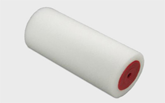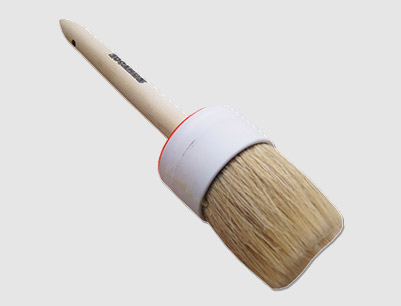The fabric of a roller cover
Mar. 01, 2017The key to a smooth painting experience is selecting the proper applicator for the project. Rollers are a great choice for quickly and easily covering large areas. Here’s what you need to know about choosing the best roller cover for your project.
Roller covers are made up three main components: fabric, adhesive, and core. The core is the base of a roller cover and is typically made of a specially treated cardboard or plastic. The adhesive bonds the fabric to the core. The fabric has the largest impact on the cover’s suitability for a specific project.

Synthetic is the most common and most frequently used category of roller
cover fabric. Usually nylon, polyester, or a combination of the two is used. The
quality level can vary greatly within this category, from low end economy models
to high end covers designed for professional painting contractors.
Lambswool was the fabric for the original roller covers. Lambswool roller covers are also commonly referred to as lambskin and sheepskin. They will typically carry about 40,000 to 60,000 fibers per square inch vs. synthetic which can be anywhere from 3,000 to 6,000. While more expensive than synthetic fabric roller covers, some painting contractors prefer wool fabric covers because they hold more paint and have better release and clean up faster.
Mohair fabric covers typically combine natural goat hair with synthetic materials. They are preferred for producing glass-like finishes on smooth surfaces. They are great for enamels on doors and mill-work as well as clear coatings. They are typically very low nap (from 1/4" to 3/16") and hold and release better than man-made fibers.














